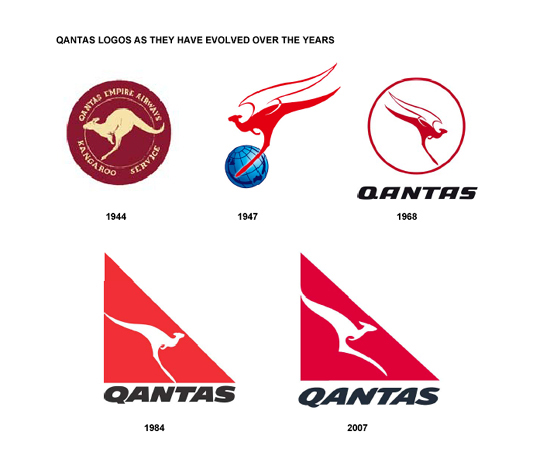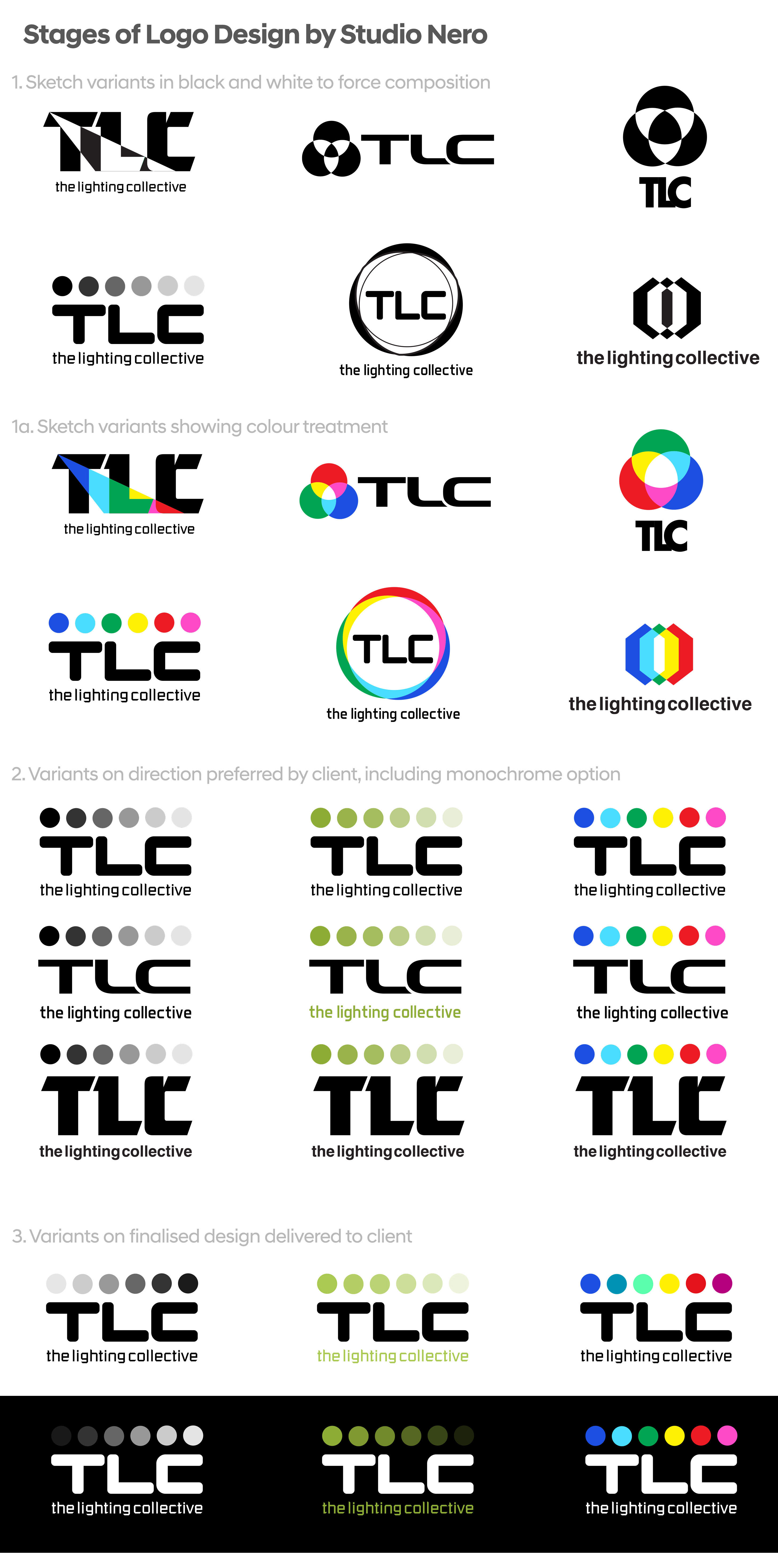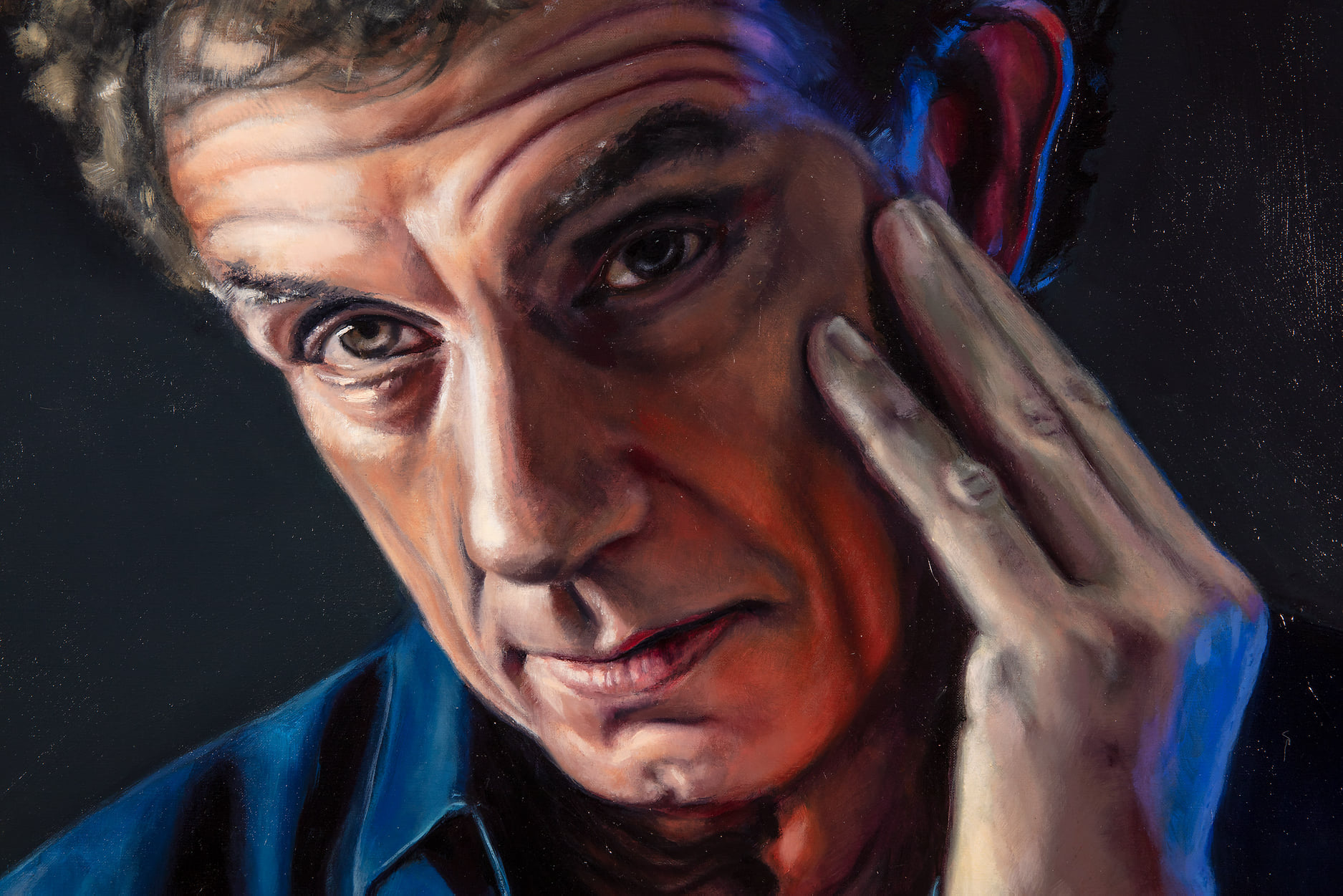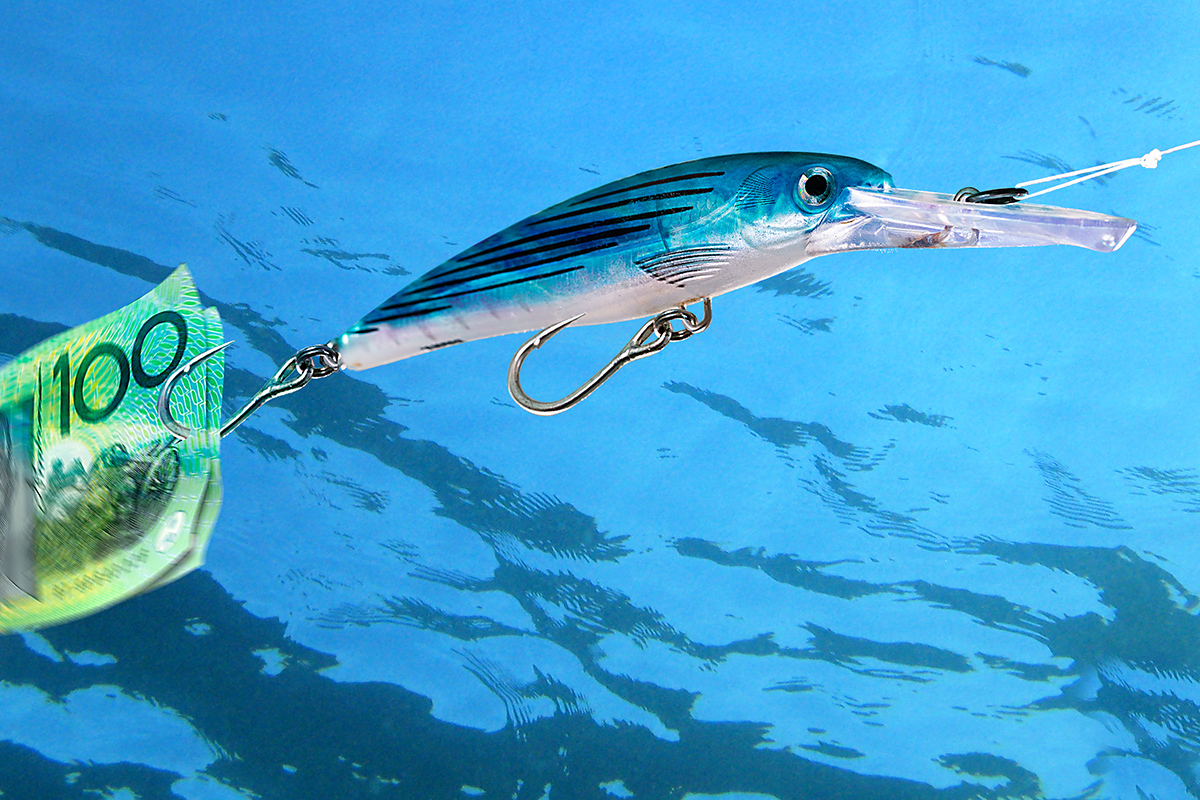Make the Logo Bigger! Tricks in Logo Design
by Matt Harris
Logo design is an essential skill for contemporary graphic designers. A great logo will deliver refined distillation of design fundamentals including proportion, space, typography, iconography, aesthetic, semiotics, tone and colour — encapsulated in a neat little package we call a logo. Logos can transcend the brand they represent to a become a cultural symbol for the people who identify with it. Understanding the niche market and audience will be a key factor in creating a good design.
Logotypes and Pictograms
A “logo” usually employs both a logotype, which is the font used to define identity of the brand though style, and a related pictogram, which is a stylised image that depicts an icon relating to the brand. For example, Qantas has its ever-evolving logotype and flying kangaroo that has changed over the decades to reflect “The Spirit of Australia”. The designer’s choice of font can be chosen off the shelf, or sliced and diced to create a customised look and feel. The Pictogram can relate directly to the brand or provide the opportunity for abstract meaning in pairing ideas about what the brand means along with the logotype. A great logotype and pictogram combination can produce magic results for both designer and client.

So what makes a good logo design?
First, put your ego aside, and listen to your client. It is your job to ask the right questions. The customer is always right. A beautifully designed logo is useless if your clients, and especially your client’s customers do not love it.
You cannot sit down and design “perfect logo,” in your first try. Allow yourself plenty of time. I always make a point of creating at least six variants whenever I have to design a logo. Some designs will be better than others, yet often the client won’t even notice the one you spent hours on. Sometimes an off-the-cuff, throwaway idea wins the race.
Traps for young players
Don’t spend hours on your initial designs, for a couple reasons. Firstly, in the initial design phase you need to be churning out ideas. Don’t bother refining, just find some ideas and express them in the quickest way possible. For a lot of people this means sketching with pencil. For me it means Adobe Illustrator, as I like to use image trace, typography and my trusty Wacom to get things out of my head as quickly as possible. The second reason is because it’s disheartening (and a possible waste of your professional time) early in the process when your customer isn’t sure of what they want yet. Most of your work will end on the cutting room floor.
Know your client!
Knowing what the client wants is often hard to figure out. Often they don’t know, and simply want to be convinced with something they like. “I’ll know it when I see it” strikes dread into the heart of all designers. Other times they may have vague ideas that can bedevil you, as you strive to realise their creative vision, without them knowing how to give you clear direction. With this in mind it’s important remember that initial dialogue with your client should be an in depth exploration of their wants and needs. Your mission should be to read their desires and manage their expectation of satisfaction before getting to work. Minds can change midstream as the process unfolds, and you need to make sure you can clarify the brief to deliver a sound result and satisfied customers. To this end, make sure you provide enough variations at the start to establish your direction, and narrow down the options with refinements to a produce a design that serves the purpose of providing unique and cogent brand identity.
Colour is nice, but black is magic
It’s a great practice to restrict early design sketches to black and white in the defining stages. A great logo should sing without the use of colour or tone. Disciplined use of typography and iconic styling should do all the heavy lifting for you. That being said, the use of colour to provide an emotional footing for the brand can make your design radiant, adding icing to a beautifully baked cake.
Test, test, test
You can’t really appreciate how a logo performs until you run it through its paces. Making a logo can be tricky, it has to be simple enough to be scalable. Make variants of your design by reversing it onto black background. Make duplicates of those and experiment with the size, starting from 10% scale of the original and incrementing by 10%. This is really important to see how a logo will be printed on business cards and letterheads, as well as low resolution uses such as websites and email signatures, and embroidered onto shirts.
Practice makes perfect
A great logo can come together easily in a satisfying adventure that allows you to draw on skills you may not use everyday, or it can be the cause of stress and insecurity as you struggle to design a gem that hits the mark with symbolic communication that is both simple in its beauty and complex in meaning. One thing is for certain; if you want to call yourself a professional designer, logo design is a skill that demands practice to make perfect – practice your design skills, and practice listening to your client.
All images and content are from our team
here at Studio Nero.
Articles & Design Blog
THE THINGS THAT KEEP US TICKING
Let’s Work Together
TELL US MORE ABOUT YOUR PROJECT
At Studio Nero, we combine limitless creativity with down-to-earth problem solving. We focus on your needs with a streetwise savvy that pays scrupulous attention to both quality and economy. We listen to you, to establish a creative, empathetic and strategic direction, for maximum impact with your target audience.
Our success is about fostering relationships, and client success with Studio Nero is very much a testament to the mutual respect we share with our suppliers, who always go beyond the call of duty to deliver excellent results that our clients keep coming back for.











